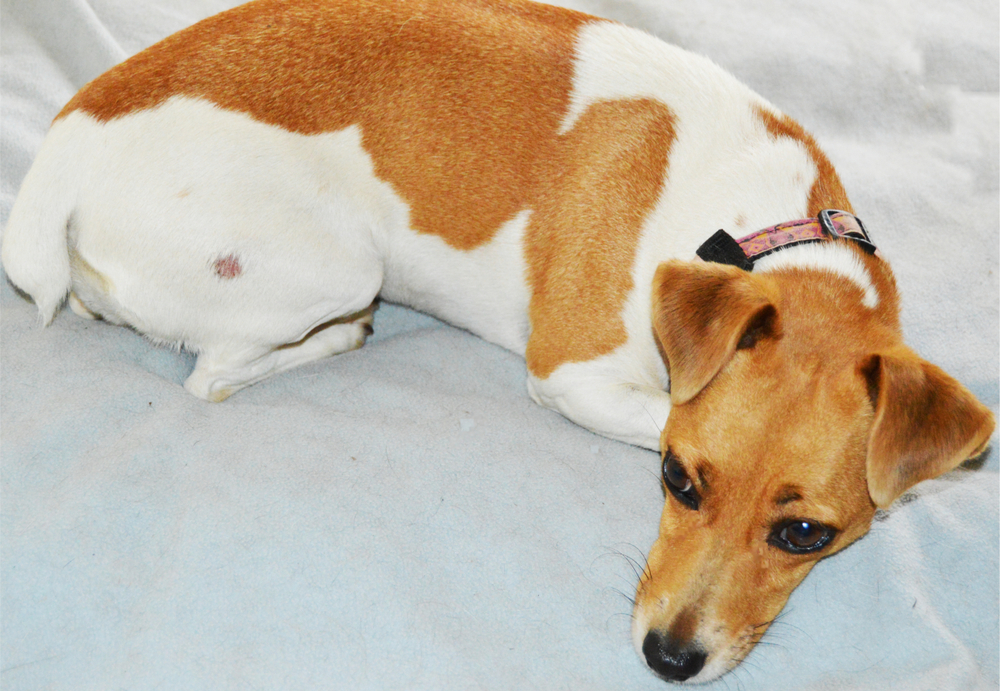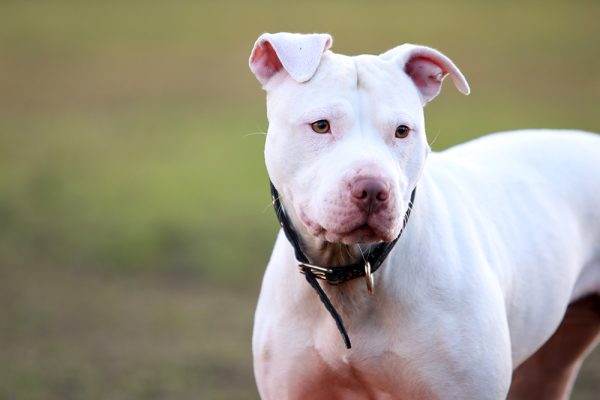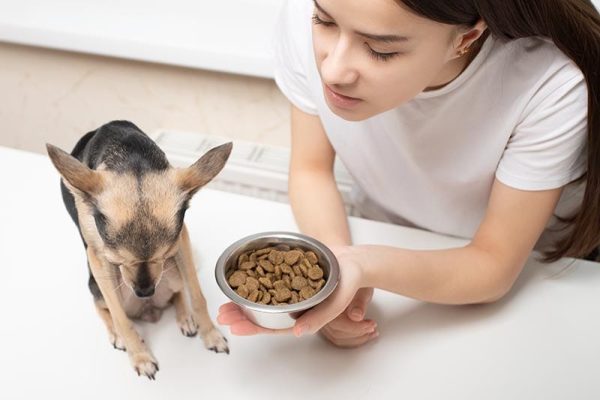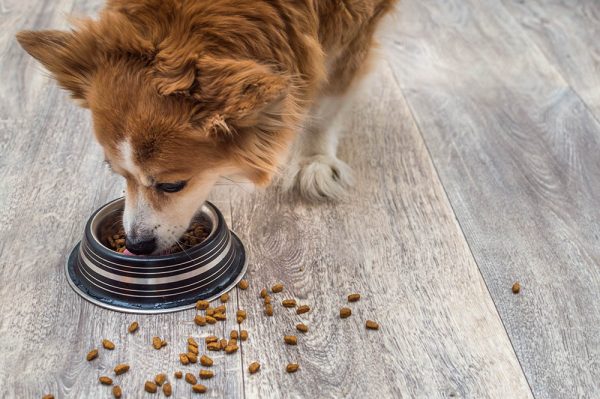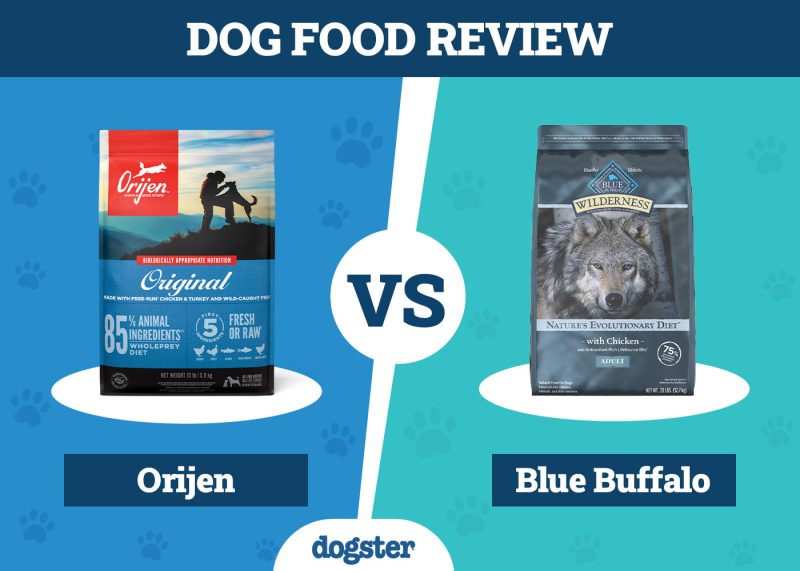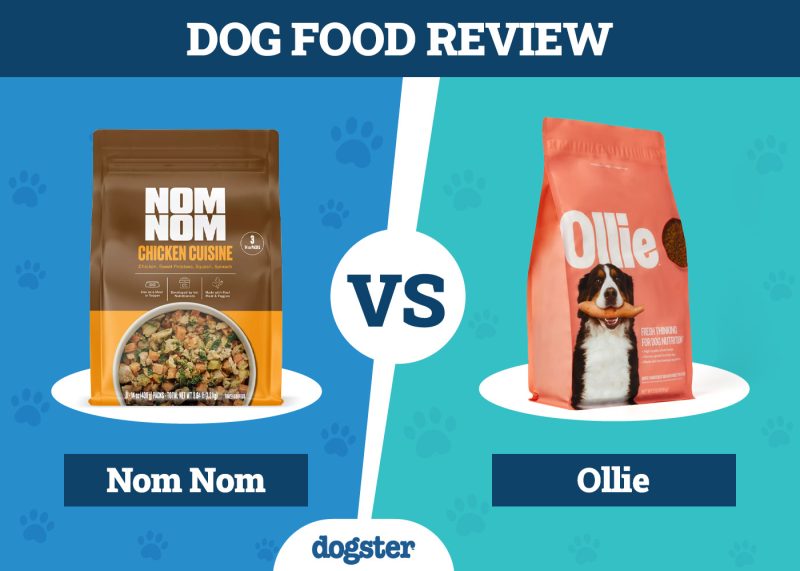When is a worm not a worm? When it’s ringworm! Named for the ring-shaped lesions it produces, ringworm is a fungal skin infection (dermatophytosis) that is moderately contagious, zoonotic (can be spread between humans and animals), and usually self-limiting. Severe cases of ringworm are uncommon and usually only occur in dogs with underlying health problems or compromised immune systems.
Most ringworm cases in dogs are caused by the fungal organism Microsporum canis, but there are several other species that may be involved, depending on the source of the infection. If you’re worried that your dog might have ringworm or you just want to be prepared, read on for everything you need to know about this crusty condition.

What Is Ringworm?
Ringworm is the colloquial name given to a dermatophytosis that infects the skin and hair of mammals. In dogs, Microsporum canis is responsible for the majority of cases, with some other species of the Microsporum and Trichophyton genus also implicated, all of which are being reclassified into a single genus: Arthroderma.
The name of this fungal infection comes from the appearance of the lesions it forms on the skin; raised pink and scaly rings, like a worm chasing its tail. This has led to a common misconception that a case of ringworm means that the dog (or human or cat) has worms. Although this may occasionally be the case, being infected with parasitic worms is quite separate from the ringworm skin condition.
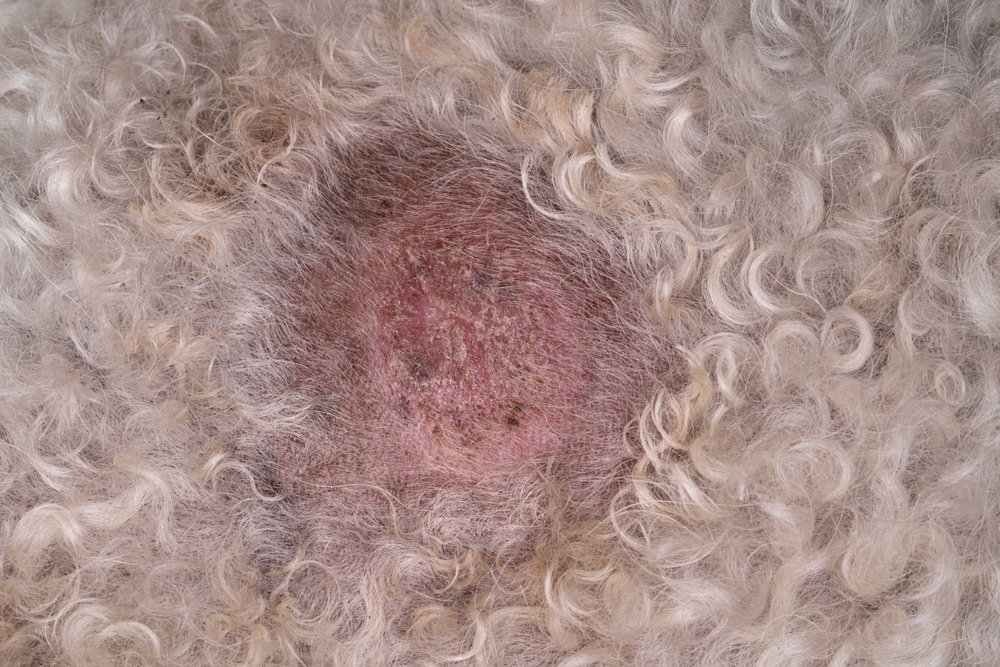
How Does Ringworm Spread?
You may have heard that ringworm is highly contagious, but this isn’t entirely accurate. Ringworm can spread directly from animal to animal (dog to dog, dog to human, human to dog, dog to cat, etc.) or via contaminated objects in the environment, like clothing, brushes, bedding, and even plants. The spread of infection occurs via fungal spores that are attached to the hair shaft, and although they will no longer multiply once they detach from the host animal, they can stay dormant in the environment for many months.
Despite how readily the ringworm organism can spread and survive, not every individual that comes into contact with these resilient little spores will become infected, and some cases go completely unnoticed. Ringworm lesions are often quite small and are not usually itchy, but the dry skin they cause can sometimes trigger some scratching, which can increase how much hair (containing spores) spreads into the environment or onto the skin of another host. These spores may cause infection, or they may not.
How likely it is that infection will occur depends on how many spores there are, as well as the age and immune status of the individual that comes into contact with them.
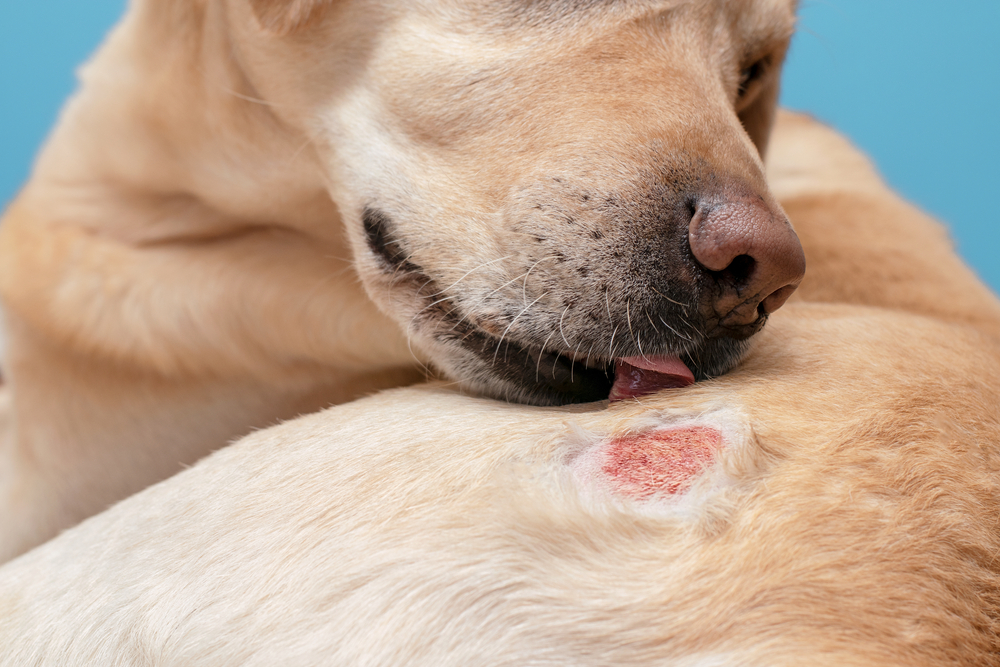

What Are the Signs of Ringworm?
The classic ringworm lesion is the hairless, scaly pinkish ring, often with accompanying flaky skin. There may be a single isolated lesion, multiple hairless patches, or, in more severe cases, a large area or rash of scaly, hairless skin.
While the ringworm infection itself can be unsightly and irritating, what is more worrying about a severe case is what it represents. In most healthy dogs, ringworm lesions tend to be few in number, and infections often resolve on their own or with minimal treatment. More extensive ringworm infections are suggestive of a weakened immune system, which could be due to:
- Age (very young or very old dogs)
- Immunosuppressive medications (e.g., chemotherapy, corticosteroids)
- Disease (e.g., diabetes, Cushing’s disease)
- Other infections (e.g., Leishmania)
Any dog showing signs of a more invasive case of ringworm, without a clear explanation, should be assessed for underlying health problems.

How Is Ringworm Diagnosed?
In many cases, diagnosis is based on visual examination alone, particularly in cases with classic lesions. When multiple lesions or a wider area are involved, there are a number of other diseases that produce similar signs, and a more definitive diagnosis is preferred but not always successful. Methods for detecting and diagnosing Microsporum include:
- Examination of the hair shaft under a microscope to look for macroconidia (the reproductive structures).
- Examination of skin lesions using a Wood’s lamp (black light). Infected hairs may glow or fluoresce under the light, and although this method has been found to be quite effective, it is not always reliable.
- Fungal culture of samples of hair/skin cells from lesions.
- Skin biopsies, which are rarely used but may be needed in more complex cases.
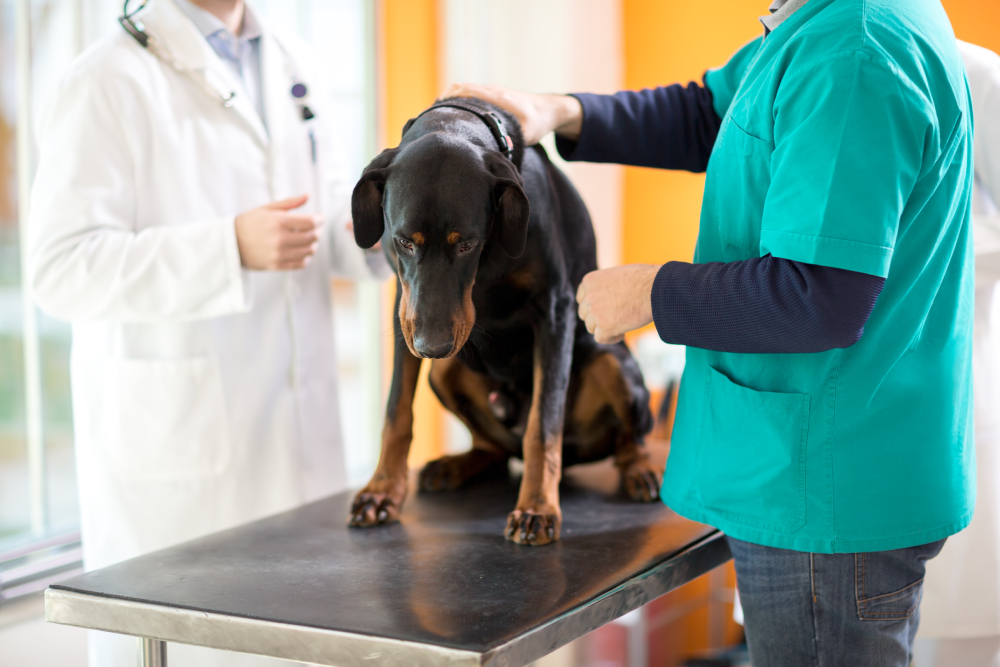

How Is Ringworm Treated?
In young, healthy dogs, most cases of ringworm will resolve on their own after a few weeks. However, there are a few options you can use to speed up their recovery and reduce the risks of the infection spreading to other pets and your family. Some are very safe and effective, but others are less so. The reported effectiveness of many natural home remedies is probably inflated by the fact that many cases resolve without treatment, so they are already clearing up.
Medicated Shampoo
- Safety: 5/5
- Effectiveness: 4/5
Specifically formulated antifungal shampoos containing ingredients like ketoconazole and chlorhexidine are the most effective option for washing pets affected by ringworm. They often need to be left on for 5–10 minutes, so be sure to read the instructions carefully.

Antifungal Ointment/Cream
- Safety: 5/5
- Effectiveness: 5/5
Topical treatments for human fungal infections of ringworm, athlete’s foot, or jock itch can usually be used to treat individual ringworm lesions, while preparations for vaginal fungal infections are best for use around the face. Speak to your vet about which ointment to use.
Neem Oil
- Safety: 4/5
- Effectiveness: 3/5
This is a safe, natural option that reportedly has some antifungal properties. Some pet shampoos contain neem oil as a flea and tick repellent, and although its effectiveness on this front is questionable, it may be a good natural option for treating mild cases of ringworm. You can also add a few drops of neem oil to your dog’s regular shampoo, but don’t use the concentrated product directly on the skin, as it will likely cause irritation.
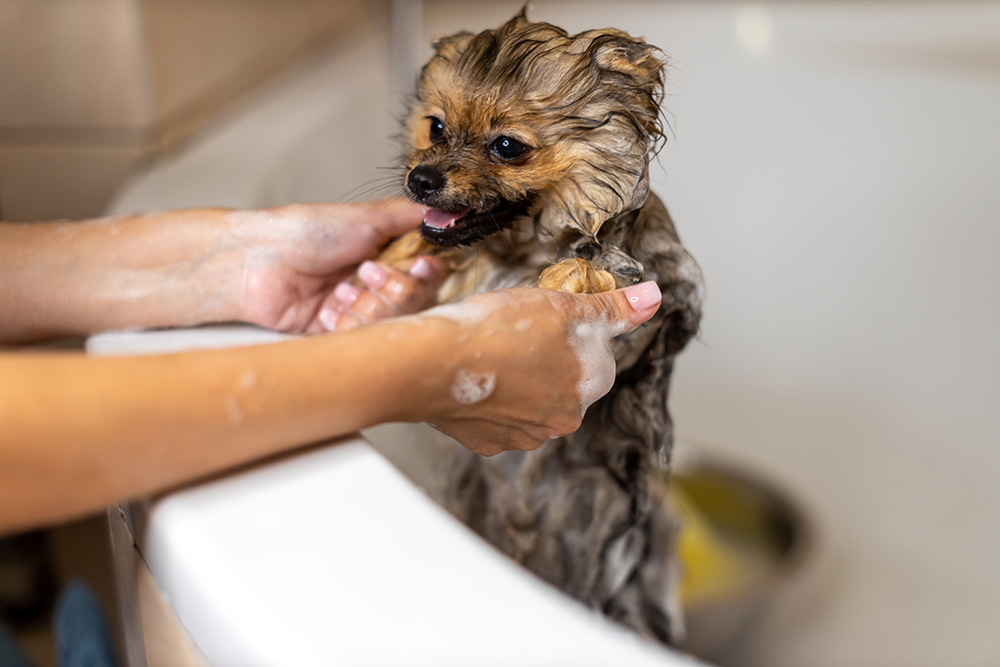
Oral Medication
- Safety: 2/5
- Effectiveness: 5/5
Highly effective but very rarely needed, oral antifungal medications can have some unpleasant side effects and are usually only prescribed in cases of severe fungal infections that are not being controlled with other methods.
Apple Cider Vinegar and Tea Tree Oil
- Safety: 3/5
- Effectiveness: 2/5
Shampoos containing these ingredients have been known to aid in the treatment of various skin conditions, including fungal infections, but there is a risk that they may cause skin irritation in dogs, and concentrated formulations should never be used.

Steroid Creams
- Safety: 4/5
- Effectiveness: 1/5
Sometimes erroneously given to humans to treat ringworm lesions, steroid creams may reduce the redness and inflammation, but they also inhibit the immune response and can make the infection worse.
 Frequently Asked Questions (FAQ)
Frequently Asked Questions (FAQ)
Can Ringworm Be Prevented?
Generally speaking, infection with ringworm is difficult to prevent, but keeping your dog’s skin and coat clean and healthy, staying up to date with preventive healthcare, and maintaining good hygiene levels are the best ways to strengthen their natural defenses. If you are aware of any cases in your area, you can reduce the risks to your dog by washing their bedding more frequently and giving them a daily groom with a clean brush or comb.
If your pet has a health condition or is on immunosuppressive medication, talk to your vet about extra steps you can take to protect them.
If you need to speak with a vet but can't get to one, head over to PangoVet. It's our online service where you can talk to a vet online and get the advice you need for your dog — all at an affordable price!
Should I Shave My Dog if They Have Ringworm?
That’s a big no-no! Fungal spores attach to the hair shaft, so shaving your pet can actually spread the infection further and release more spores into the environment.
How Can I Avoid Catching Ringworm From My Pet?
In most cases, practicing good hygiene will be enough to limit the spread, but using a medicated shampoo on your dog is the best way to prevent the spread to you and your family.
How Did My Dog Catch Ringworm?
If your dog has ringworm, they may have become infected through
- Direct contact with an infected dog, cat, or wildlife species
- Contact with a contaminated object
- Contact with an infected human

Is It Possible to Find Ringworm in Dog’s Poop?
No. Ringworm is a fungus, not a worm, that spreads through contact. It is strictly topical, so a quick glance at their poop will not tell you if your dog has ringworm.
 Final Thoughts
Final Thoughts
Ringworm is a contagious fungal skin infection that our dogs can pick up from other animals, humans, and the environment. Fortunately, it is usually a self-limiting disease and there are multiple treatment options available. Ringworm infections can be more severe in animals with weakened immune systems, so treatment is always recommended for dogs that are very young, old, unwell, or receiving immunosuppressive medications.
Being zoonotic, ringworm can spread between humans and animals, but the risks of this can be significantly reduced by washing hands and exposed skin following contact with infected individuals.
Featured Image Credit: Nathalie Marran, Shutterstock


